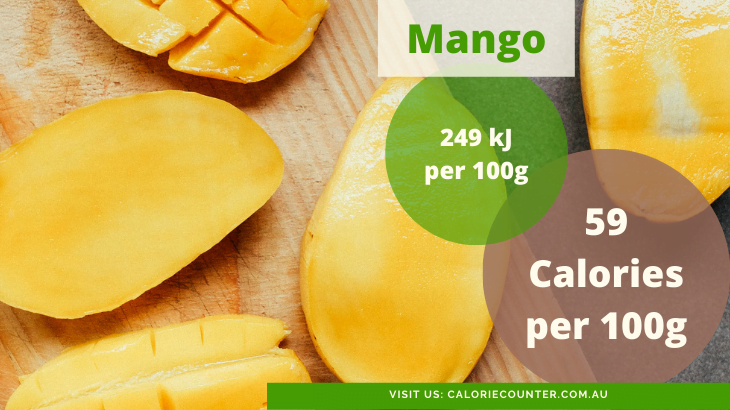

Photo credit: Maldonado-Celis, Yahia, Bedoya, Landázuri, Loango, Aguillón, Restrepo, and Guerrero Ospina. The image below provides a quick overview of these changes as the fruit moves through different stages of ripeness. The Nutrients In Mango Differ Depending on the Ripeness Level of the FruitĪn interesting recent study analyzed how the nutritional composition of mangoes changes depending on the ripeness level of the fruit ( 24). Key Point: Regular mango intake (preferably alongside a source of fat) can help to increase vitamin A levels.

That said, such studies use high-strength extracts, and there is no relevant research from human trials on mangiferin. Based on results from cell and animal studies, mangiferin is thought to have antioxidant, anticancer, and immunomodulatory effects ( 19). On this note, human research into these compounds is ongoing, and the mechanism of action through which they may have potential benefits is still largely unknown ( 17, 18).Īs for the relatively unique mangiferin polyphenol, this compound is a xanthone. However, there is still much that we do not know about polyphenols. Furthermore, a higher intake of foods containing these compounds is associated with improved health outcomes ( 15, 16). There are many cell (test tube) and animal studies showing the potential benefits of polyphenols. Also, research shows that greater sun exposure during the growth of mango increases the fruit’s flavonoid and anthocyanin content ( 13, 14).

Carotenoids: mangoes contain a range of different carotenoids, such as carotenes and lutein ( 10, 11).Mangoes are a source of numerous antioxidants and polyphenolic compounds: Key Point: One mango provides more than 100% of the daily value for vitamin C. The following nutritional values for mango are sourced from the USDA’s nutritional database, and daily values have been calculated using the FDA’s published daily values ( 3, 4). Mangoes are primarily a source of carbohydrates, and they contain a good range of vitamins and minerals. This article examines the nutritional values, potential benefits, and downsides of mango. Mango is ‘the national fruit’ of these countries ( 2). Mango is a type of drupe fruit, which means that it has a fleshy exterior that surrounds a stone (seed) in the middle.Īlthough mangoes grow around the world, the fruit’s origins lie in South Asia, and it is particularly popular in India, Pakistan, and the Philippines. This tropical fruit is sweet and juicy, and it is known as the ‘king of fruits’ in some parts of the world. Mango is one of the most popular fruits in the world, as evidenced by global production that lies at 55.4 million tonnes per year ( 1).


 0 kommentar(er)
0 kommentar(er)
